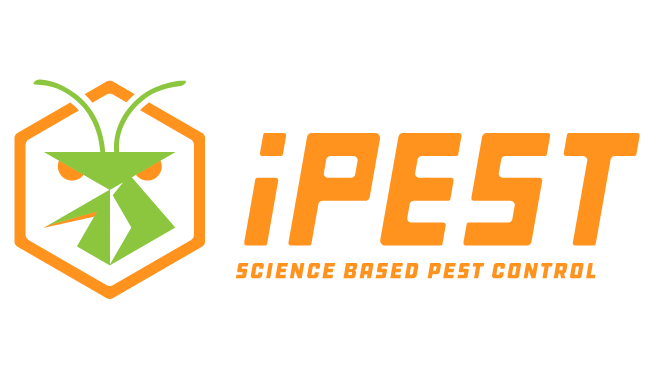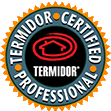For more than a month the most destructive termite pest species in the United States has been swarming and establishing new colonies in southern Texas, and they recently began swarming in central and northern Texas. This species, Reticulitermes flavipes, is the most widespread and economically significant termite pest in Texas, and their annual mating swarms take place from March to May in central Texas. R. flavipes is more commonly known as the “eastern subterranean termite,” and while these termites infest homes and buildings at a very high rate in central Texas, swarmers (alates) will not infest wood. Spotting swarms near a home does not necessarily mean that the home is vulnerable to infestation, but it does mean that an active and mature colony is located nearby. Termite swarms should only cause alarm when they emerge indoors, as such incidents indicate that an infestation has been established. Soon, alates from colonies of highly destructive and invasive Formosan subterranean termites will begin swarming in central Texas, but luckily for homeowners in the area, these termites are relatively uncommon in the area. Subterranean termite species are not the only wood-infesting pests that pose a threat to homes in central Texas, as drywood termite species can also be found in the area. Incisitermes snyderi is the most common drywood termite pest in Texas, and reproductive alates of this species take flight from existing colonies from May to June.
Snyderi is commonly known as the “Southeastern drywood termite,” and unlike subterranean termite swarms which are made up of thousands of alates, southeastern drywood termite (SDT) swarms consist of only around a dozen or more alates. Although SDT swarms are much smaller in size than Formosan subterranean termite swarms, homeowners often mistake the former species’ swarms for the latter species’ swarms. This is understandable, as SDT alates look very similar to Formosan alates, and both of these species swarm at the same time of year and around the same time of day. SDT swarms usually occur at around dusk, but midday swarms are also known to occur on occasion. SDT alates are 7/16 of an inch in body length, including the wings, and they are yellowish-brown to reddish-brown in color. In central Texas, SDTs are not nearly as common as eastern subterranean termites, and drywood termites are not nearly as destructive to structural wood as subterranean termite pests. However, drywood termite infestations are much more difficult to detect within homes than subterranean termite infestations, as the former initiates colonies within a variety of interior and exterior locations, while the latter sees workers initiate infestations almost exclusively within substructural wood around foundations.
Have you ever encountered termite-damaged wood within or on your home?







